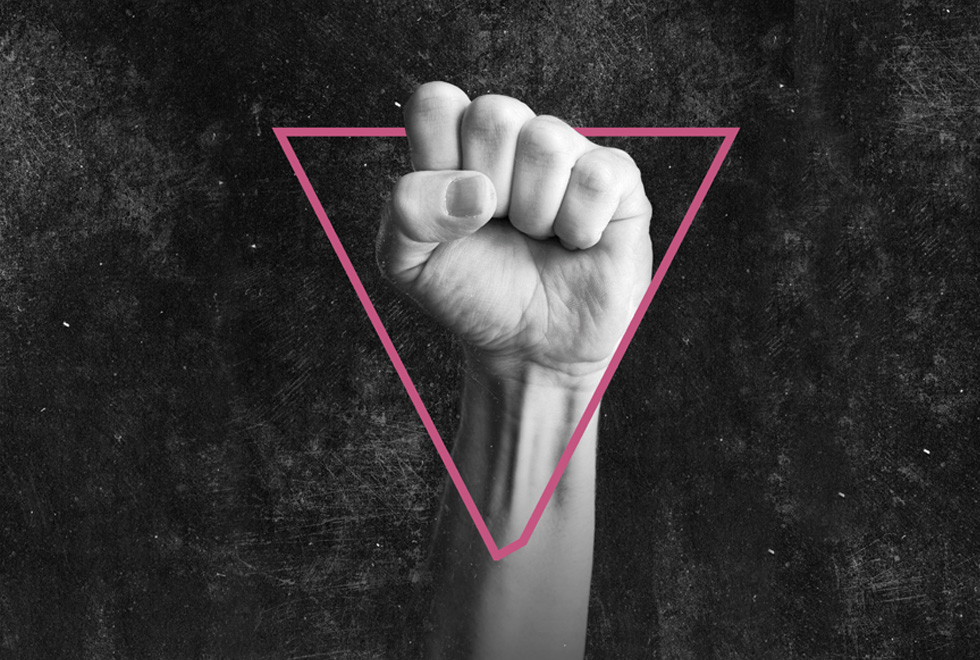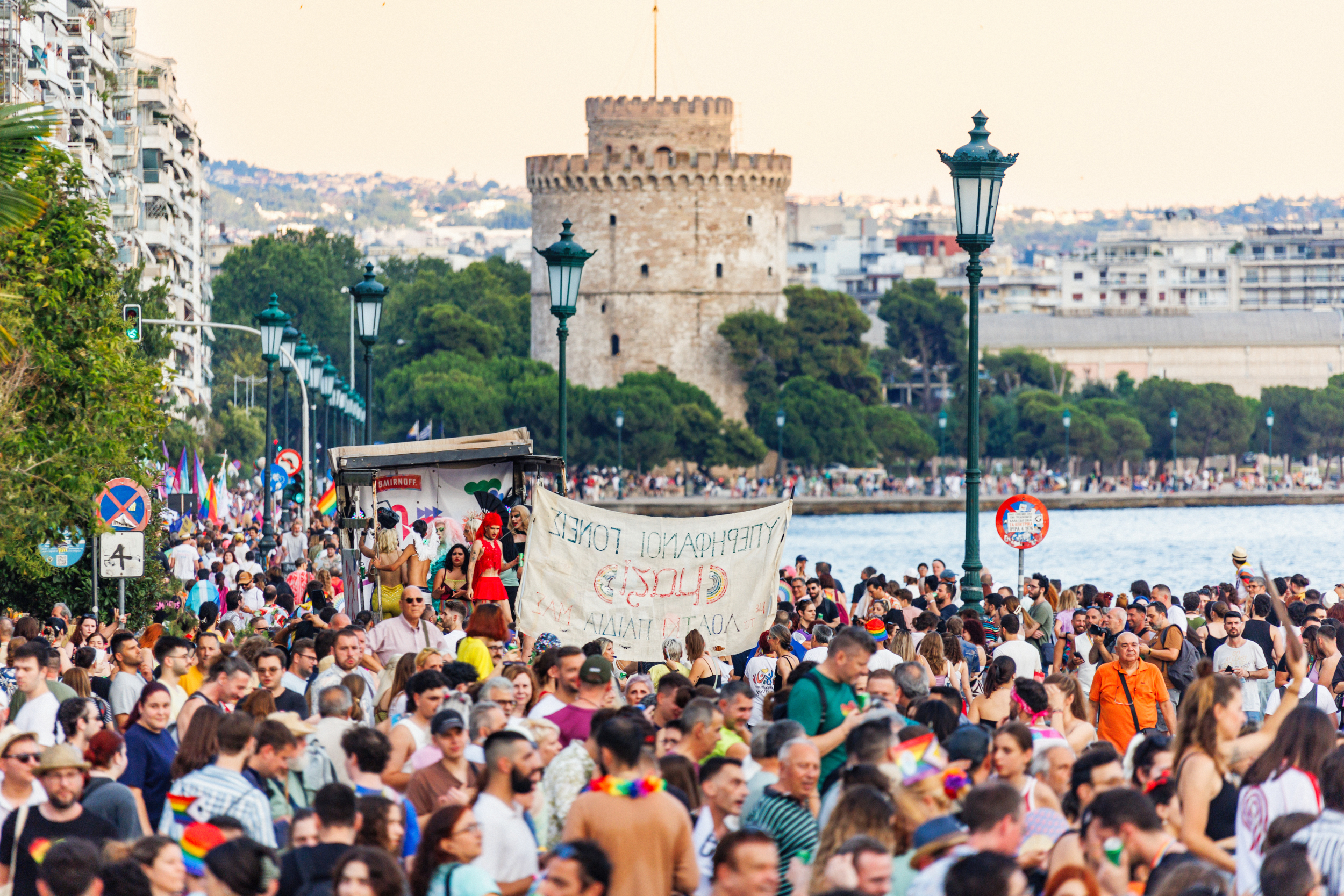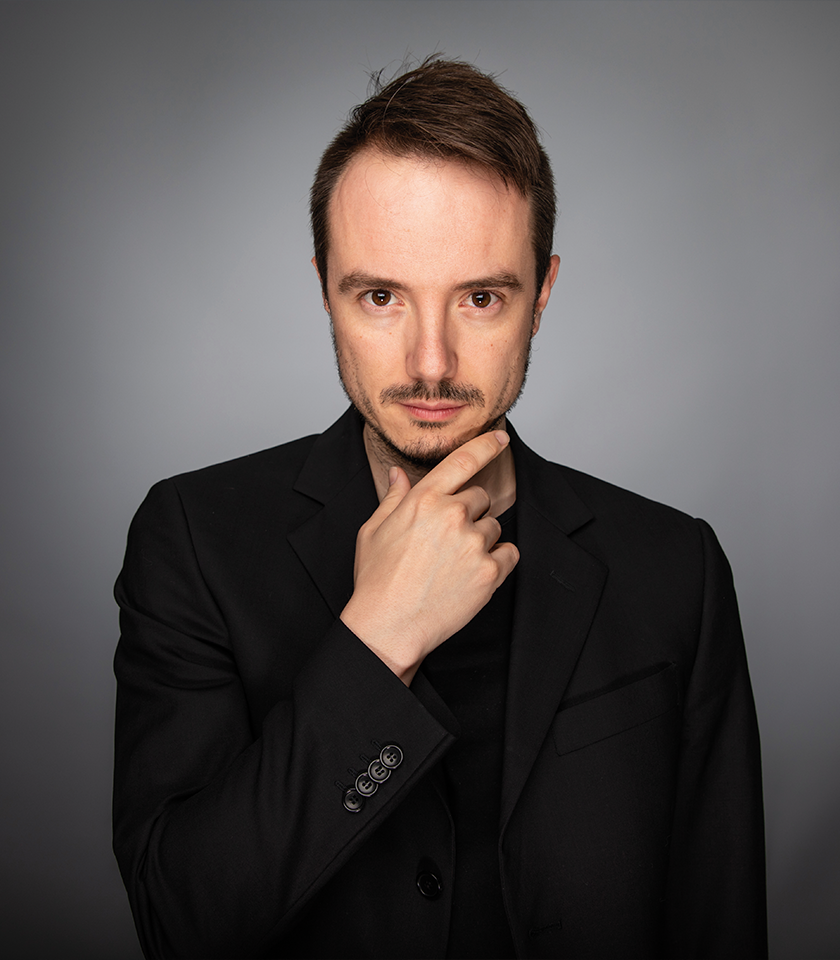Up to 15,000 homosexual men were deported to concentration camps during the reign of National Socialist terror, and of these, more than 60 percent would not survive the abuse, forced labour, hunger and illness they met with. Like other concentration camp prisoners, their whole bodies were shaved and they were assigned a number to be sewn onto their striped inmate’s uniforms as their sole identifying feature. From then on, every attempt was made to take all individuality away. However, within the camps, color-coded badges in an inverted triangle shape classified why each prisoner was incarcerated.
Although this classification system wasn’t uniformly used in all concentration camps, these triangles are symbols still seen on many memorials to the victims of Nazi persecution. Red triangles were borne by political prisoners, green by so-called career criminals, black by “asocials”, purple by Jehovah’s Witnesses, brown by Roma and Sinti, and blue by emigrants, generally meaning people who had attempted to flee but then been captured. In the pink triangles that marked homosexuals, the number 175 was sometimes added – a reference to Paragraph 175 of the German Reich legal code, which ordered “unnatural sexual offences between men” to be punished with imprisonment. Jews bore the yellow star, formed from overlapping triangles. In the earlier years of the concentration camps, and in some cases later, prisoner numbers were also added to the triangles, alongside other distinctions that specified nationality or assigned types of labour.
Forced labour in camps often meant that pink triangle prisoners died within a matter of days. Their odds of survival were particularly grim in the brickworks of Sachsenhausen near Berlin, in the stone pits of Flossenbürg and Mauthausen, and in the Emsland and Neugamme camps. Homosexual prisoners were also sent to armaments factories, for instance in Mittelbau-Dora, and in Buchenwald and Natzweiler, medical experiments on homosexual prisoners were carried out to search for a “cure” for homosexuality. Lesbian women were not assigned a distinct category in the concentration camps, and same-sex activity between women would only sometimes be penalized with arrest (though it was more sharply criminalized in Austria). From the National Socialist point of view, lesbians posed far less of a threat to the German body politic than homosexual men did.
The 175s, or pink-triangle prisoners, were never victims of the extermination policies of the Nazi regime, which were founded in racist ideology and targeted Jews, Roma and Sinti. However, of the concentration camp prisoners who were ethnic Germans and thus “citizens of the Reich”, homosexuals were at the bottom of the prison hierarchy and had some of the highest death rates. Homosexuals had to fear especially savage violence from the SS, and within the camps they were often isolated, with no allies, as they often met with the contempt of other prisoners. The pervasive hatred of homosexual men, a prejudice which carried across all levels of society, was therefore also widespread among concentration camp prisoners. Those homosexual men who survived the concentration camps largely remained silent about the reasons for their persecution or would invent others. Societal hatred of homosexuals was simply too strong, also in the post-war period.
This meant that even after their liberation, the former pink-triangle prisoners had no lobby or political representation. Also, clauses in the criminal code that had persecuted homosexual acts remained in force in both German and Austria, with ex-prisoners being classified as convicted sex offenders. Established victims groups resisted recognizing homosexual survivors of concentration camps as victims of National Socialism and therefore stood against any form of compensation for these victims. First in 2005 did the National Fund of the Republic of Austria for Victims of National Socialism, which was founded in 1995, agree to make “gesture payments” to previously unrecognized victims of the Nazi regime, including those persecuted for their homosexuality. Only then, in 2005, after most of these victims had died, came actual recognition in Austria’s Victims’ Welfare Act, along with all associated rights, such as crediting time spent in concentration camp prisons in retirement calculations. And finally in 2009, Nazi-era convictions for homosexuality were cleared from gay victims’ records.
During in the 1970s, the pink triangle began to be reappropriated by the freshly established gay rights movement: as a symbol of gay pride on the one hand, and as a sign of fellowship with the victims of Nazi persecution on the other. A new reinterpretation of the pink triangle then came with the AIDS crisis of the 1980s when, with the triangle’s point facing upward, it became the slogan for “silence = death” and thus an icon of resistance against the social exclusion of people facing another deadly challenge, this time in the form of HIV and AIDS.
www.pinktriangleissue.com
Text: Andreas Brunner











